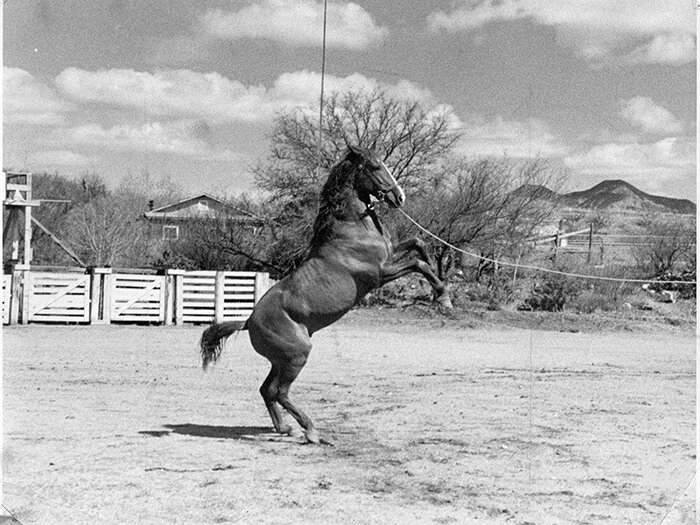
horses - Circle Z Ranch

Since our inception in 1926 we have been known for our fine breeds of horses. Circle Z Ranch’s first and most notable stallion was a Carthusian Stallion named El Sultan, and this is his story.
Heavy in foal, a Spanish mare from the Spanish royal stables of Marquis de Domecq of Jerez de la Frontera was gifted to a stable in Havana, Cuba. Arriving in Cuba in 1931, she soon foaled El Sultan, who would become the stallion for the Circle Z Ranch by the age of five.
A Carthusian Horse, El Sultan’s bloodlines dated back to the late twelve hundreds. After the Moors left Spain, the Carthusian monks in Andalusia bred this larger Moorish Arabian stallion with a larger type of mare from central Europe. This original stallion was named Esclavo. The mare’s bloodlines went so far back into antiquity that her exact breed was unknown.
After 300 years of breeding and meticulous record keeping, the Carthusian monks considered their breed firmly established. Taking the purity of the bloodlines seriously, it is said they even refused royal orders to mix their stallions with other breeds. When the monks disbanded in the 1800’s, the horses were taken in by Juan Jose Zapata, who diligently continued the purity of the bloodline. Called the Saintly Horse because of its extremely gentle disposition, these pure bloods were jealously guarded by the Government and the Spanish remount system as they were excellent cavalry horses.
The Carthusian horses are known for their proud and lofty actions, a showy and rhythmical walk, and a high stepping trot. Their canters are rocking in nature, with natural balance, agility and fire. Today Carthusian horses are raised around Cordoba, Jerez de la Frontera, and Badajoz, Spain on state-owned farms. Nearly all of the modern pure Carthusian horses are descendants of Esclavo.

In 1934 El Sultan was the first Carthusian to live in the United States, and at the time only the sixth to be let out of Spain. Given as a gift from the Cuban Stables to a family in New York, he ultimately ended up in the hands of Mr. R. A. Weaver of Cleveland Ohio. Mr. Weaver was a sponsor of the Kenyon College polo team and a frequent guest at the Circle Z Ranch. Not interested in breeding, he decided that the ideal place for El Sultan would be the Circle Z Ranch, where breeding him with the smaller Mexican range horse would make an ideal guest horse. And he was right.
El Sultan not only sired countless foals for our guest ranch, his gentle disposition led him to serve many functions. Taking well to stock work, he was used for roping at the fall, ranch sponsored rodeos. He also was a frequent show horse at the Tucson parades, winning numerous awards for first of show. Standing over 16 hands, he was said to have been able to jump 6 foot high fences. He was also used during the polo matches at the ranch, which Mr. Weaver helped to establish. He was so gentle that guests rode him as well.

El Sultan was much beloved by the ZInsmeister family, so much so that he had his own stable and corral, and was insured for $10,000. When the Zinsmeisters sold the ranch in 1948, El Sultan stayed with the Zinsmeister family, and was exercised every day until his death on January 2, 1953. In the words of Helen Zinsmeister, “He was more than anyone could expect, and a natural performer and jumper.” His stunning profile still adorns our ranch walls, where El Sultan will forever be remembered as the Circle Z Stallion.

Introducing young horses into the riding herd at the Circle Z Ranch is a process that takes several years and starts with the foundation of trust, which is the basis for all future training. Their first year of life is spent out in the mare pasture with their moms, growing and maturing, learning to navigate the terrain with mom in the lead. Our 2 yearlings Cocoa and Apollo, born in the Spring of 2015, were separated from their mares this past spring and spent the summer passing away the hours at the Bar Z Ranch. They are now ready to start learning how to be around humans and to be a part of the herd.
We first had Cocoa and Apollo in a pen adjacent to the main herd’s day pasture so they could all get acquainted over the fence. It was amazing to watch how many horses came to greet them, to touch noses, and how it thrilled these young ones. When they were ready to be turned out with the herd during the day, the process was seamless. Now, they are part of the herd, learning who the leaders are, how to behave in the group, and who to stay away from! The two are inseparable from each other for now, and are often seen running and kicking up their heels, moving in unison, all while being tolerated by the older horses. They still spend nights and Sundays in our corrals rather than being turned out to the night pasture, as they are still too young to protect themselves.
I have been working with these two for several weeks now and have seen great things from both. The most important thing is for them to trust me, to see me as a confident and consistent leader, and for me to show them kindness and patience. This means lots of head scratches, touching them all over, and to always show them respect while they are learning. At this young age I am focusing on the basic tenants for the rest of their learning; good ground manners and to be relaxed around humans. This means, in part, to walk confidently on a lead and to follow my feet; to stand calmly while I am at their side; to accept my hands touching them; to stop when I stop and not walk over the top of me; and to not nip at me or use me as a scratching post. This is a time of setting boundaries for acceptable behavior, just as the herd dictates on a daily basis. Interestingly, each took to these things with different levels of ease, revealing their insecurities and curiosities. It is so important during this process not to judge or label their behavior, but to work softly and patiently while they are learning to accept me as a human who means them no harm. It is also imperative to introduce things in a non-threatening way.
Cocoa and Apollo have much different personalities. A small black horse, Cocoa is the more daring and for sure the leader of the pair. He is curious about everything and likes to be at the center of the activity. Apollo is a stunning sorrel with a blaze, a little bit shier but so wanting to please. He would rather hide behind Cocoa, and does not like to be separated from him, and is slowly learning confidence through Cocoa’s examples. Both have very soft eyes, and both are very smart. The more time I spend with these two, their trust in me has risen dramatically. Both now come to me when they see me in the pasture. At first they were both a little resistant to haltering, but with patience on my part they are now very accepting of this. Both take a lead nicely and pass through gates without concern. Some of these things seem like such basics for a seasoned horse, but for a young one it is all new territory.
We are looking forward to starting their official ground work when Australian trainer Carlos Tabernaberri returns to the ranch this January. Stay tuned for more posts and photos as their training progresses!



